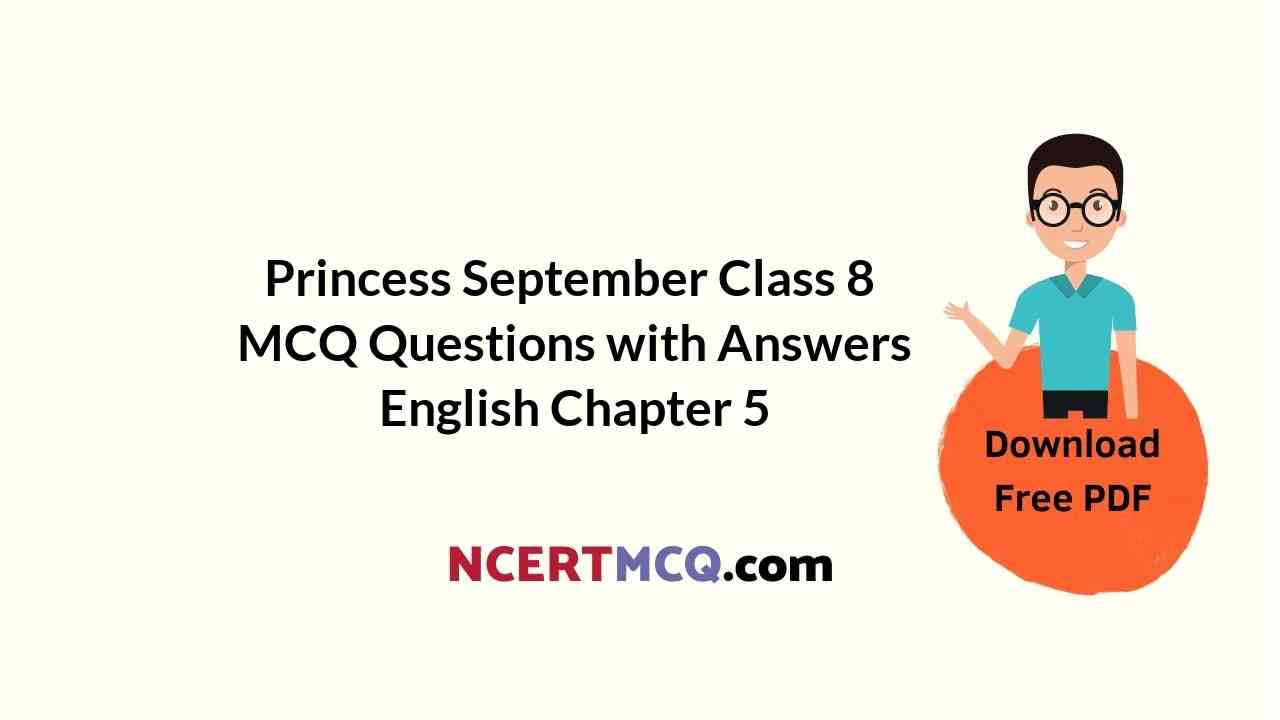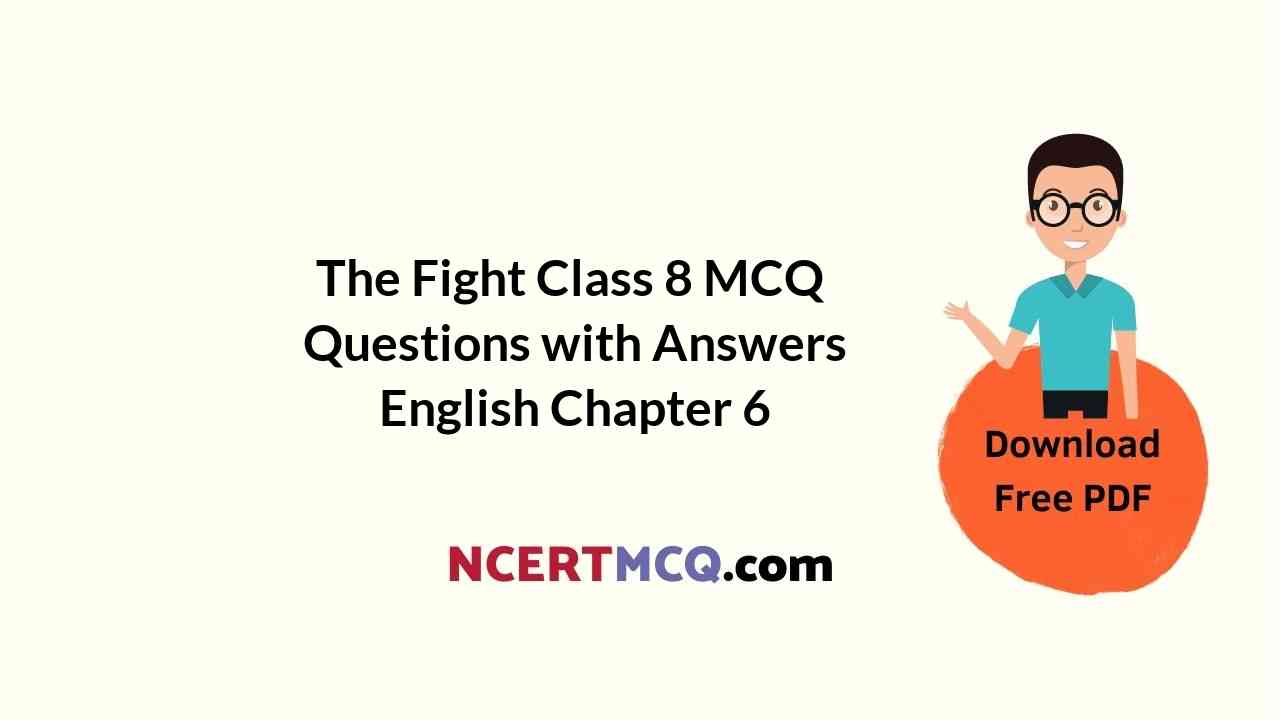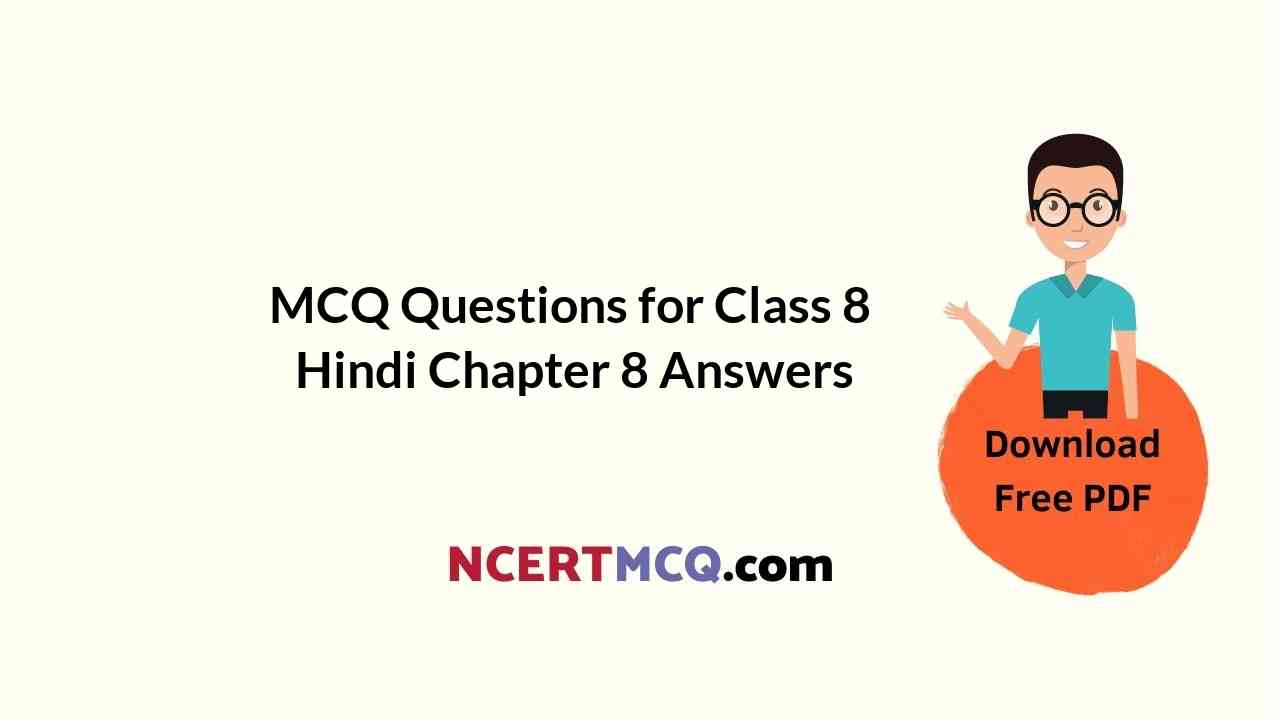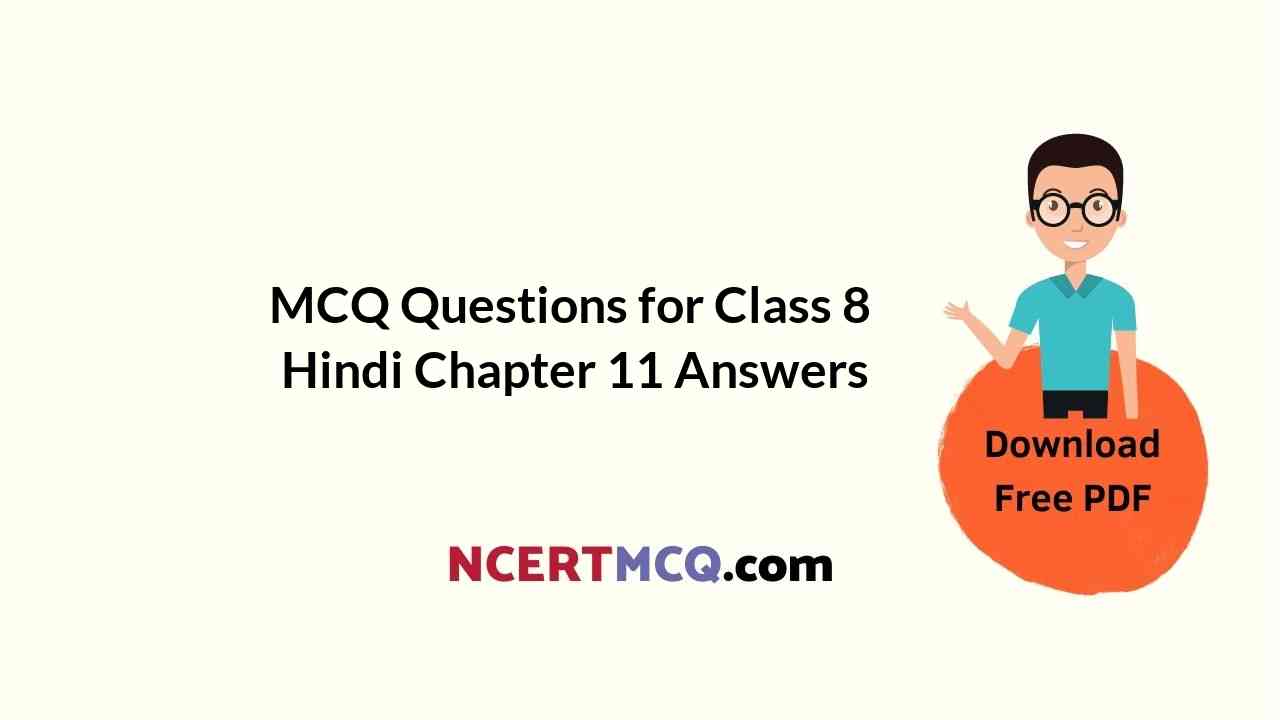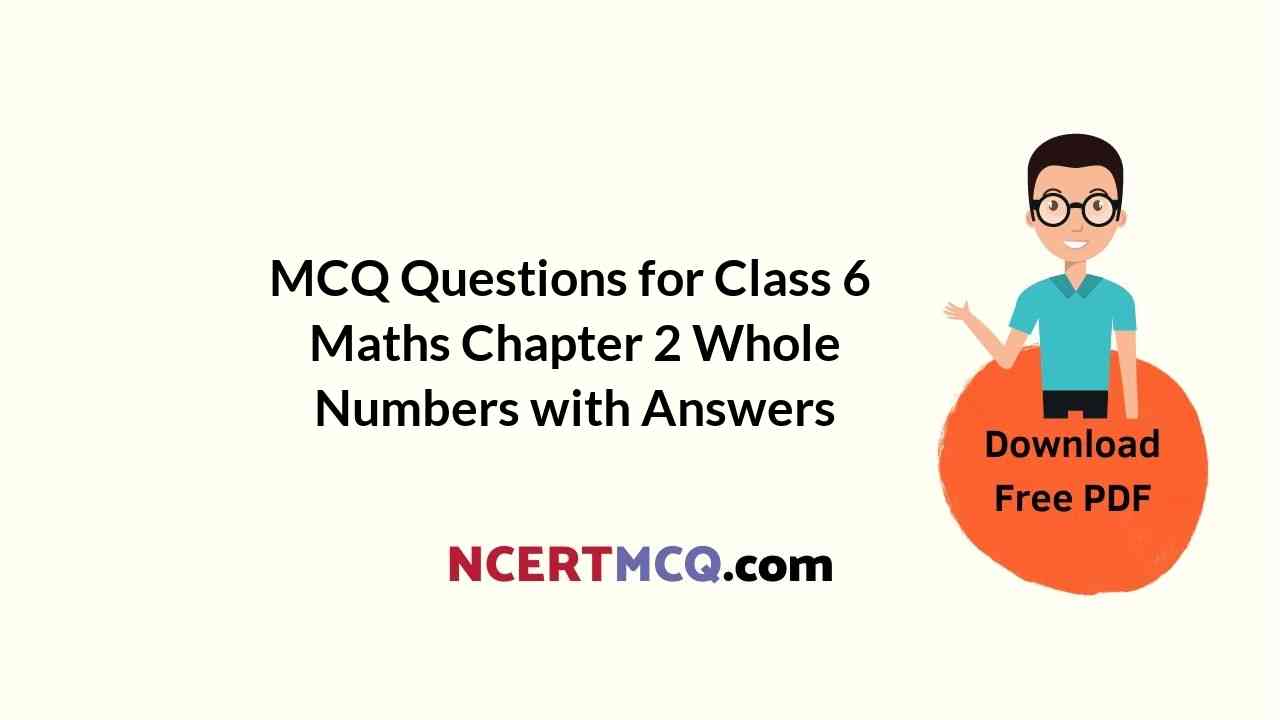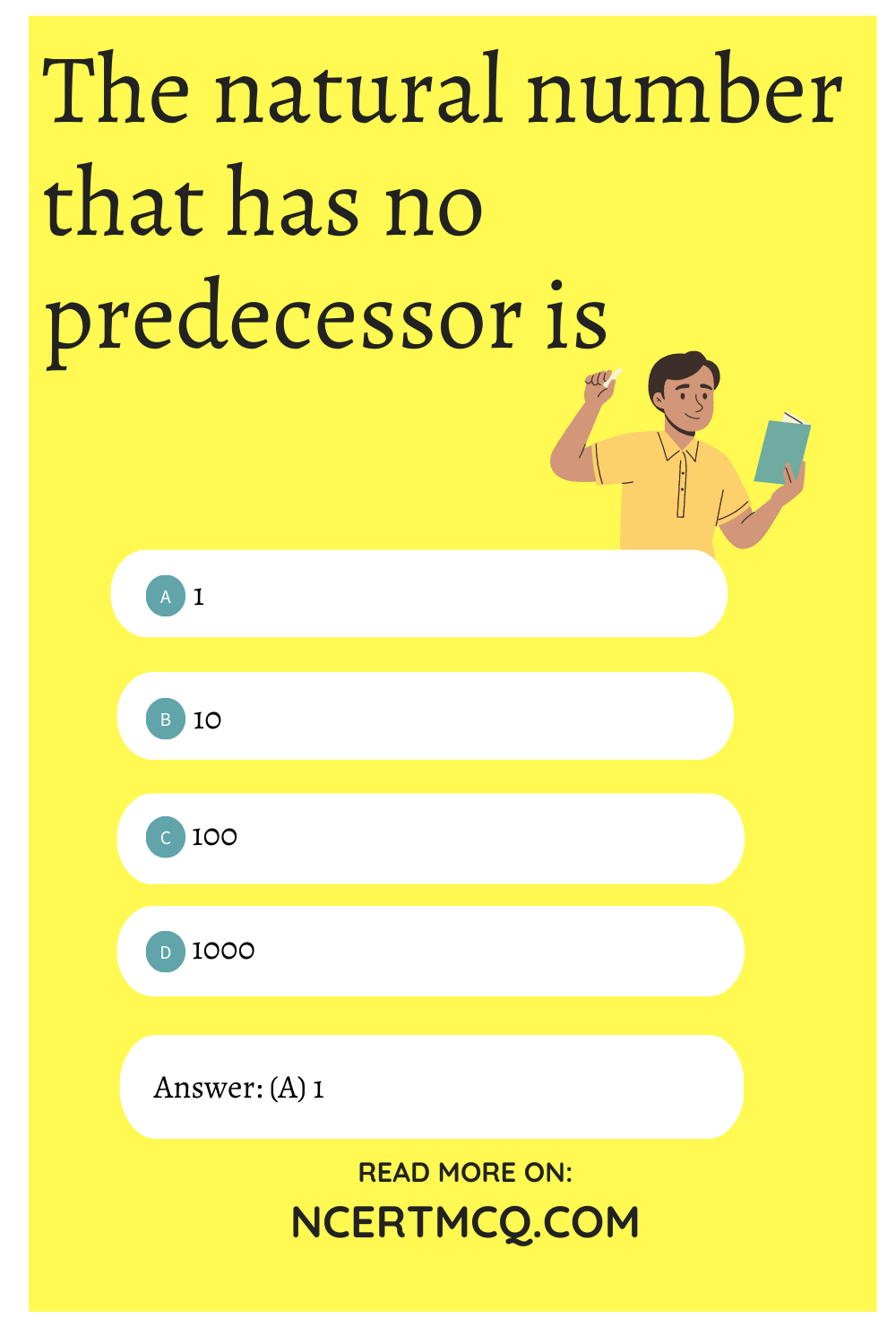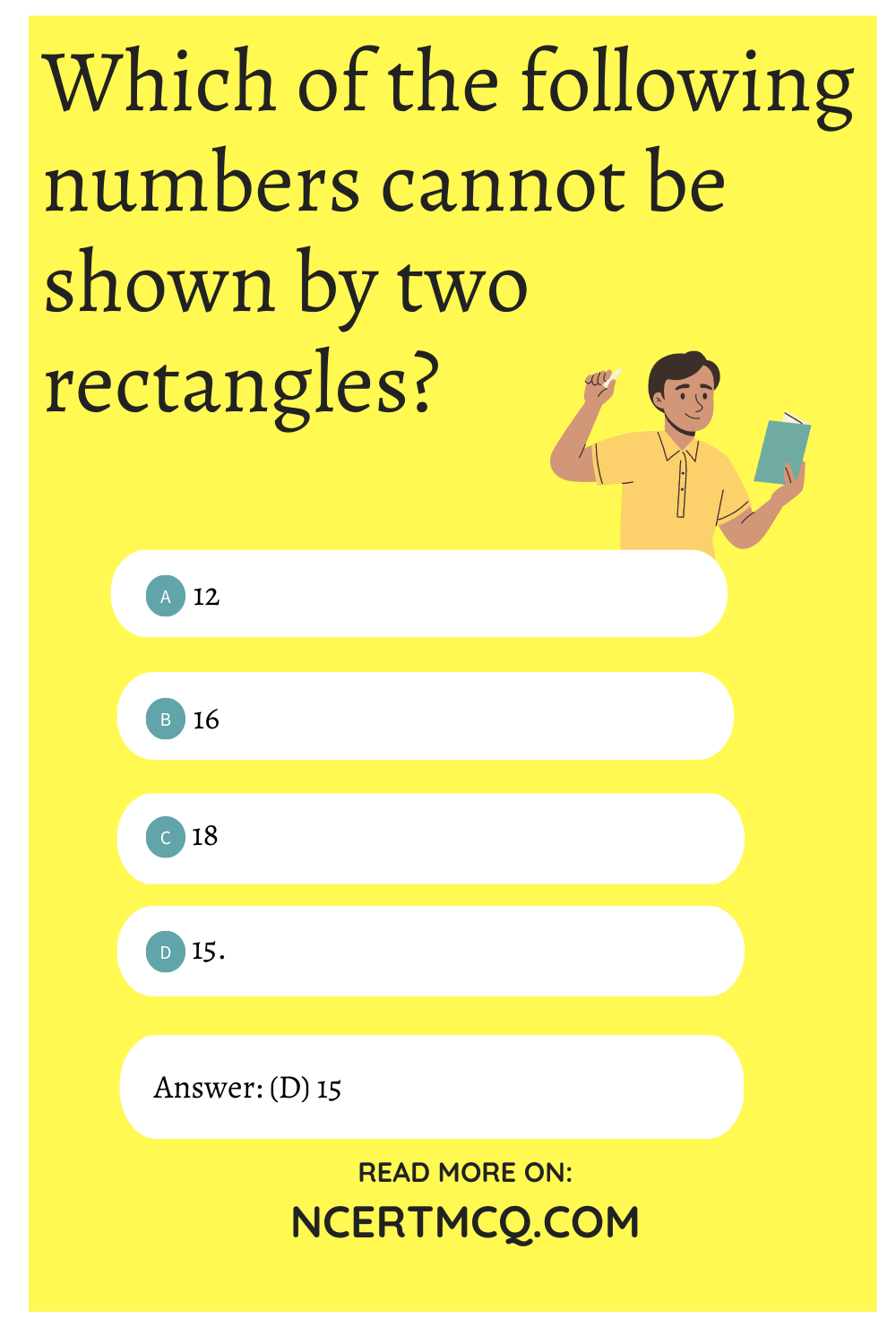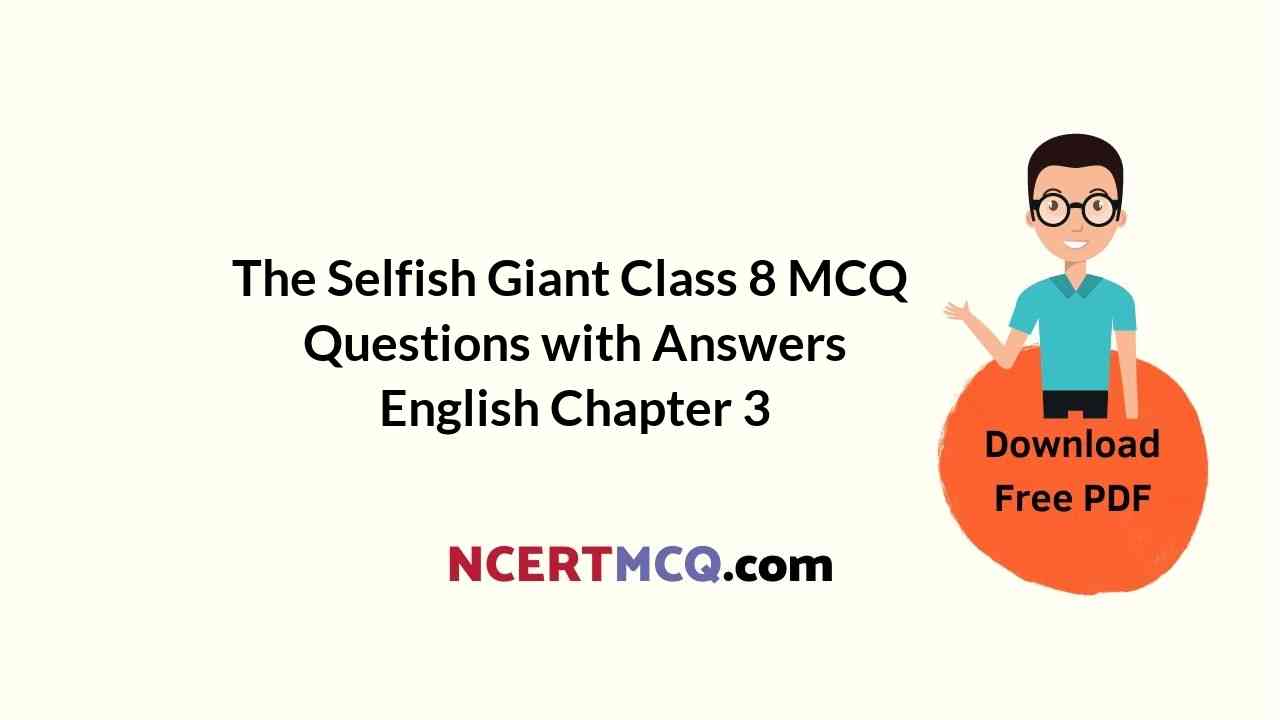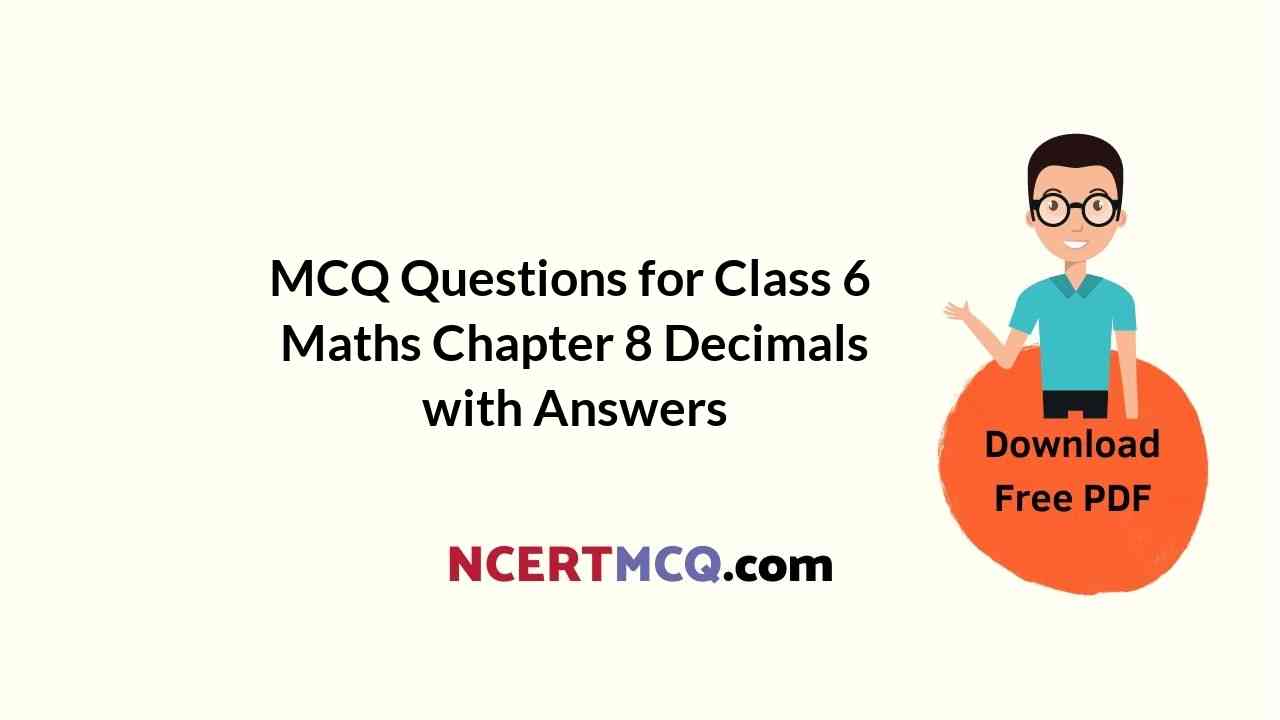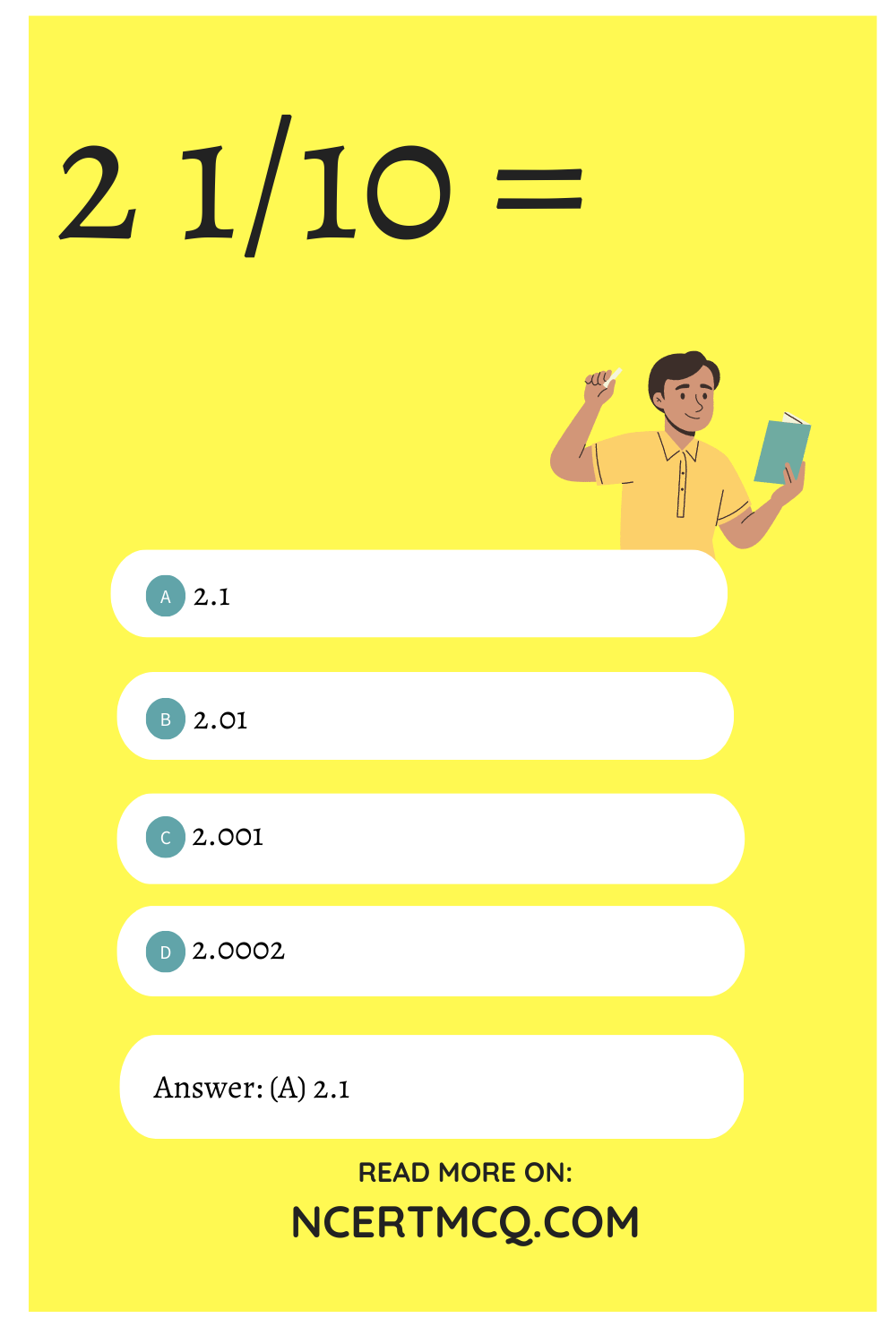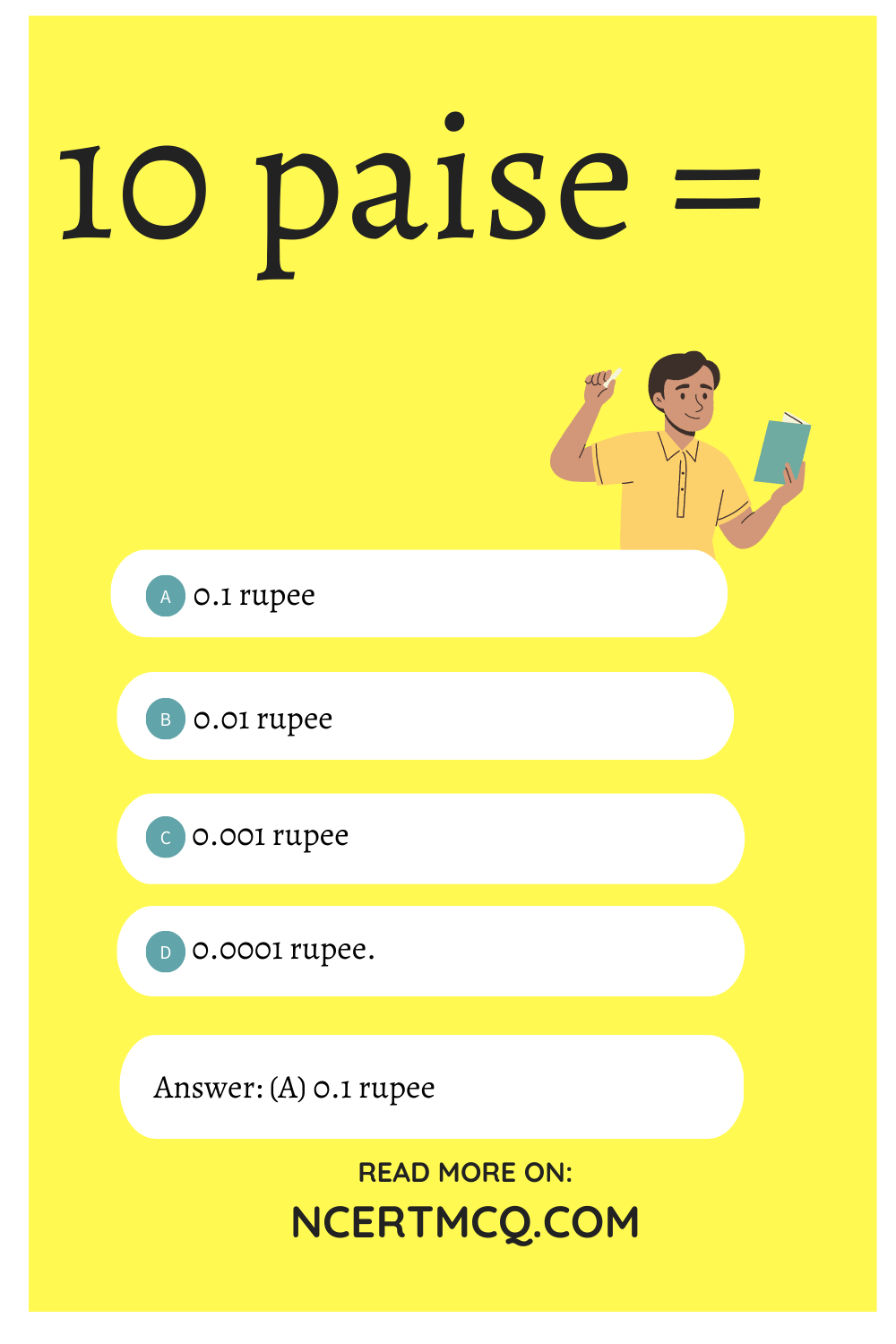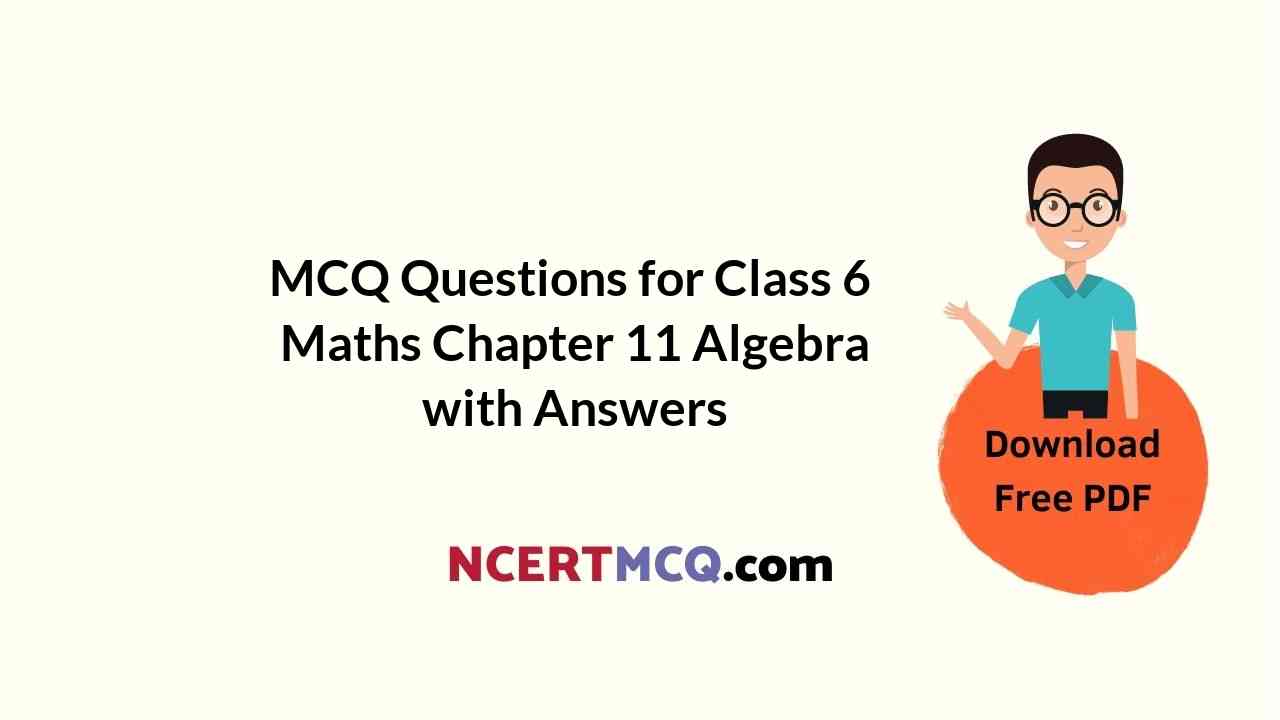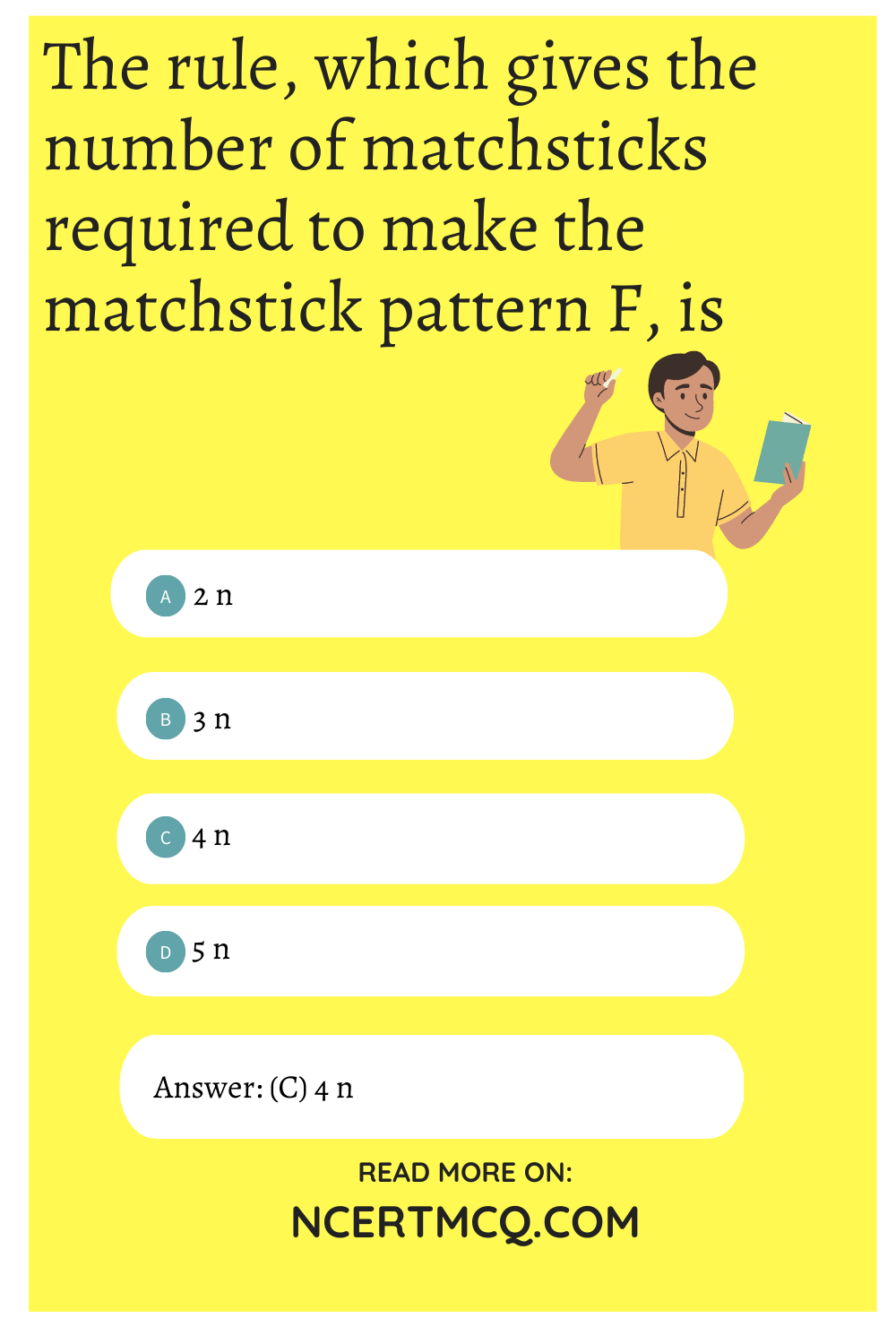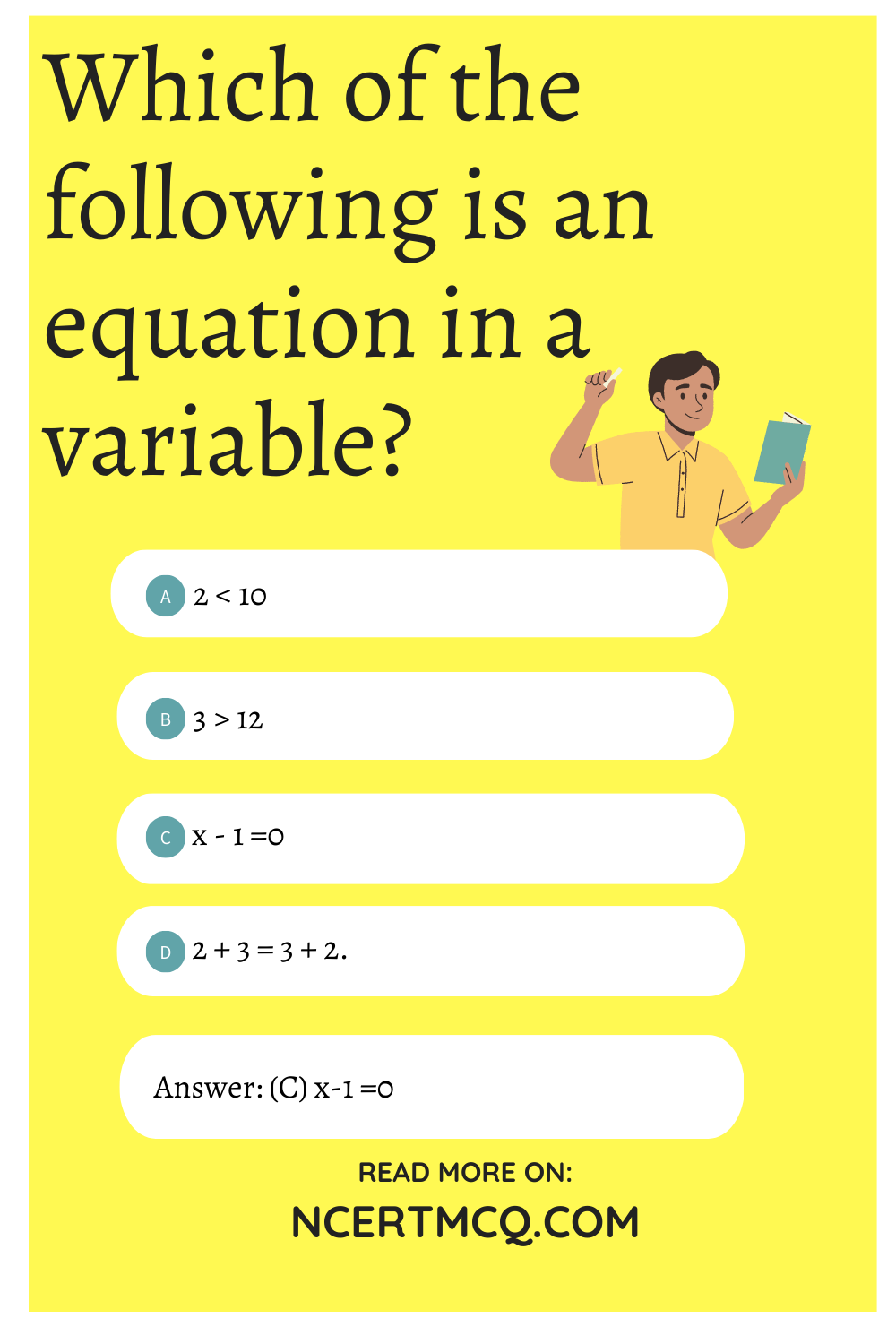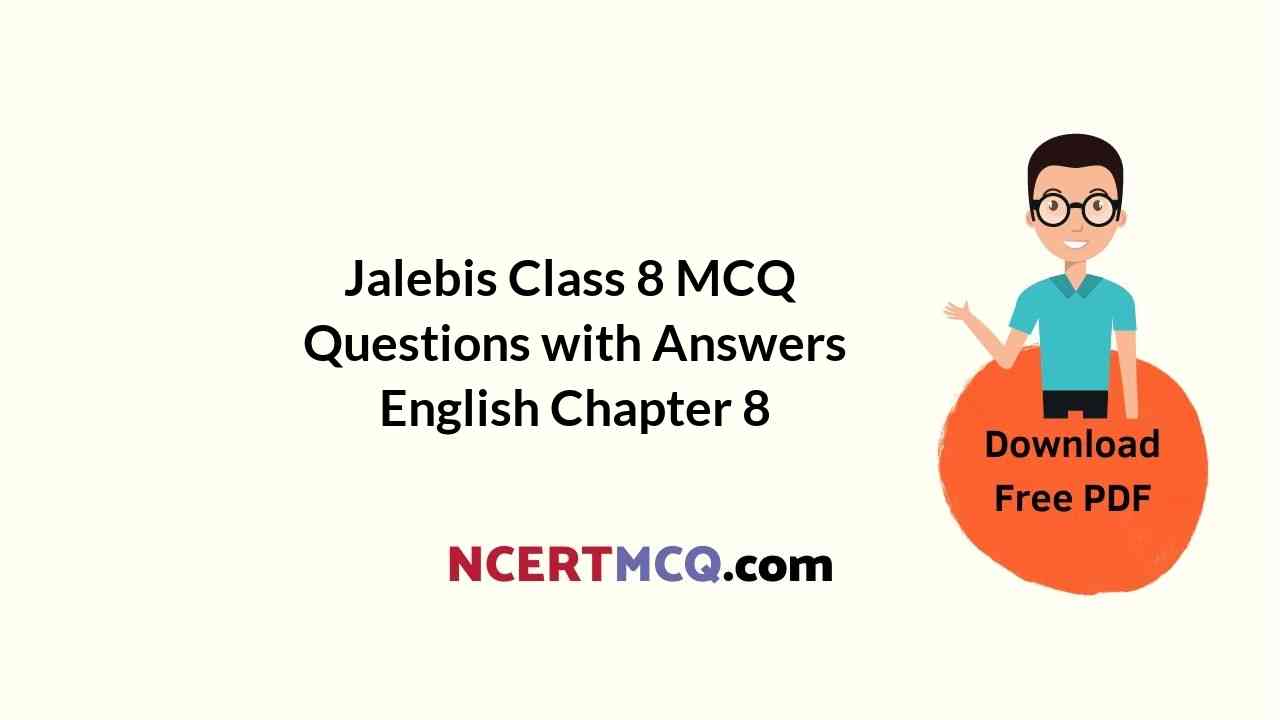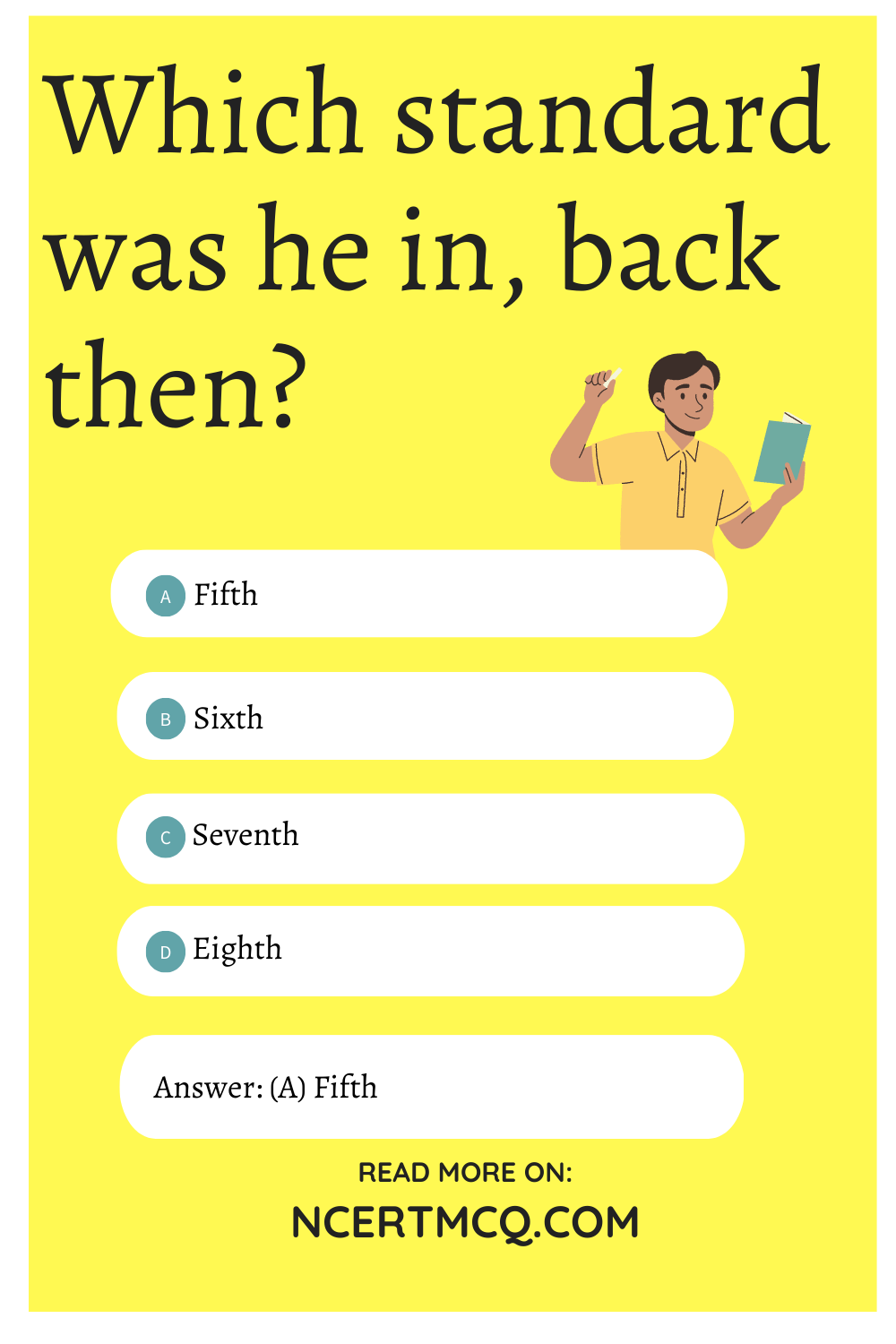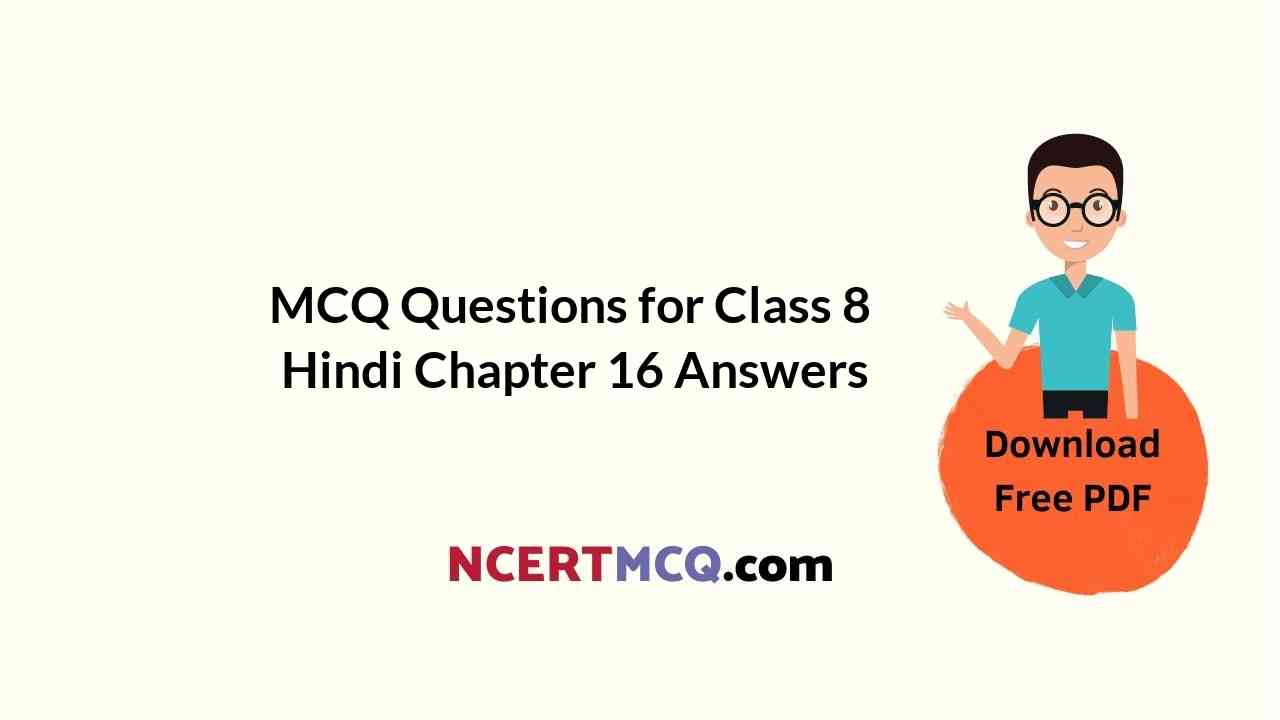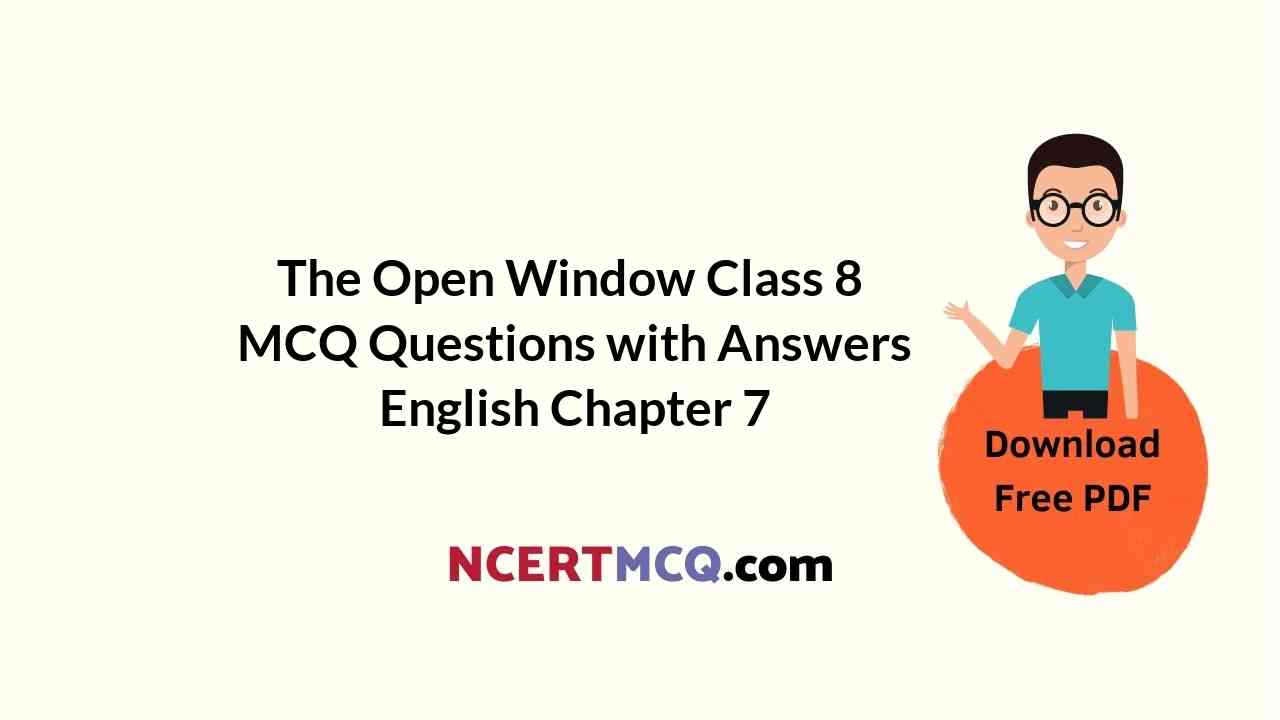Check the below NCERT MCQ Questions for Class 8 English It So Happened Chapter 5 Princess September with Answers Pdf free download. MCQ Questions for Class 8 English with Answers were prepared based on the latest exam pattern. We have provided Princess September Class 8 English MCQs Questions with Answers to help students understand the concept very well. https://ncertmcq.com/mcq-questions-for-class-8-english-with-answers/
Students can also visit the most accurate and elaborate NCERT Solutions for Class 8 English It So Happened (supplementary) Chapter 5 Princess September Question Answer. Every question in the textbook has been answered here.
MCQ Questions for Class 8 English It So Happened Chapter 5 Princess September with Answers
Princess September MCQ Class 8 Question 1.
The Queen of Siam named her daughters after the months because
(a) it was easy to remember
(b) they were born in those months
(c) the king had asked her to do so
(d) the Queen loved those names
Answer
Answer: (a) it was easy to remember
Princess September Class 8 MCQ Question 2.
The youngest of the Queen’s daughters was named
(a) March
(b) September
(c) December
(d) October
Answer
Answer: (b) September
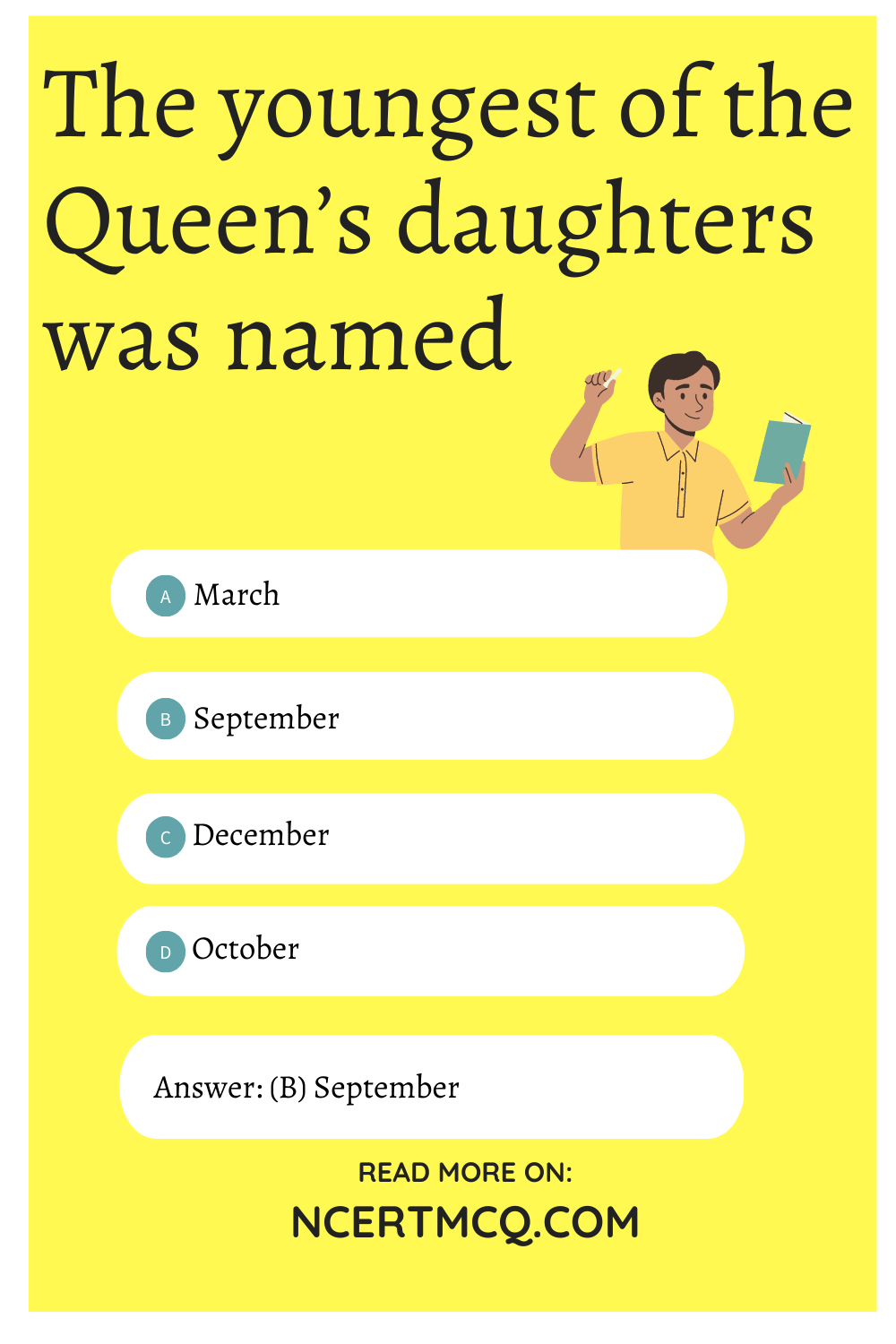
MCQ Of Princess September Question 3.
Princess September got a green parrot in a golden cage
(a) on her birthday
(b) on the Queen’s birthday
(c) on the king’s birthday
(d) on her sister’s birthday
Answer
Answer: (c) on the king’s birthday
Princess September MCQ Questions Question 4.
When the parrot died, the Queen
(a) gave another parrot to Princess September
(b) consoled her
(c) punished September
(d) didn’t do anything
Answer
Answer: (c) punished September
Class 8 English Princess September MCQ Question 5.
A little bird came into the room of Princess September when
(a) it was morning
(b) her maids of Honour opened the window
(c) the Princess was fast asleep
(d) the Princess was crying and was hungry
Answer
Answer: (d) the Princess was crying and was hungry
The Princess September MCQ Question 6.
When the little bird had finished his song, the Princess
(a) forgot her hunger
(b) kissed the bird
(c) shut the window
(d) let the bird fly away
Answer
Answer: (a) forgot her hunger
Class 8 Princess September MCQ Question 7.
The general opinion in the King’s palace was that
(a) the Parrots were better
(b) the bird sang much better than the parrots
(c) the bird was a divine creature
(d) the bird should be put in the cage
Answer
Answer: (b) the bird sang much better than the parrots
Princess September MCQs Question 8.
All the sisters of Princess September offered to buy her a parrot because
(a) they were jealous of the bird
(b) they really wanted her to have a pet bird
(c) the King had asked them to do so
(d) the Queen had asked them to do so
Answer
Answer: (a) they were jealous of the bird
MCQ On Princess September Question 9.
Who did Princess September marry?
(a) King of Cambodia
(b) King of Columbia
(c) King of Canada
(d) King of China
Answer
Answer: (a) King of Cambodia
MCQ Princess September Question 10.
“Good gracious me, how _____ I am,” he exclaime(d)”
(a) Melodious
(b) Grateful
(c) Fortunate
(d) Stiff
Answer
Answer: (d) Stiff
Question 11.
The next morning, when Princess September tried to wake him up, he looked as if he was _____.
(a) Still mad
(b) Tired
(c) Fine
(d) Dead
Answer
Answer: (d) Dead
Question 12.
Why did the bird reject September’s offer to take him out everyday?
(a) He loved staying inside
(b) He loved looking through the window
(c) He did not like Princess September
(d) He did not like the view through the bars of the cage
Answer
Answer: (d) He did not like the view through the bars of the cage
Question 13.
On what condition did the bird agree to stay in all night?
(a) If she kept him in it forever
(b) If she gave him food
(c) If she let him sleep
(d) If she let him out in the morning
Answer
Answer: (d) If she let him out in the morning
Question 14.
“They got up and walked out of the room, shaking their heads, and they left September very ______.”
(a) Relieved
(b) Satisfied
(c) Anxious
(d) Uneasy
Answer
Answer: (d) Uneasy
Question 15.
Where had the little bird gone?
(a) To visit his father
(b) To visit his mother
(c) To visit his father-in-law
(d) To visit his mother-in-law
Answer
Answer: (c) To visit his father-in-law
Question 16.
What offer did the other Princesses make to Princess September?
(a) To buy her the bird
(b) To buy her a cage
(c) To buy her a dog
(d) To buy her a green and yellow parrot
Answer
Answer: (d) To buy her a green and yellow parrot
Question 17.
What did the parrots remind the King of?
(a) Parrots
(b) Nature
(c) His daughters
(d) His councillors
Answer
Answer: (d) His councillors
Question 18.
“When he had finished, the Princess was ______ any more”
(a) Not hungry
(b) Not sleepy
(c) Not sad
(d) Not crying
Answer
Answer: (d) Not crying
Question 19.
In how many languages could they say ‘Pretty Polly’?
(a) Five
(b) Seven
(c) Nine
(d) Eleven
Answer
Answer: (b) Seven
Question 20.
What did the parrots say?
(a) God save the King
(b) Pretty Polly
(c) Both a and b
(d) None of the Above
Answer
Answer: (c) Both a and b
Question 21.
“The King of Siam had a peculiar habit” What habit are they talking about?
(a) Giving gifts on his birthday instead of receiving them
(b) Receiving gifts on his birthday instead of giving them
(c) Receiving gifts on others’ birthdays instead of giving it to them
(d) Giving gifts to others’ on their birthdays instead of receiving it from them
Answer
Answer: (a) Giving gifts on his birthday instead of receiving them
Question 22.
How many daughters did they have?
(a) Seven
(b) Eight
(c) Nine
(d) Ten
Answer
Answer: (c) Nine
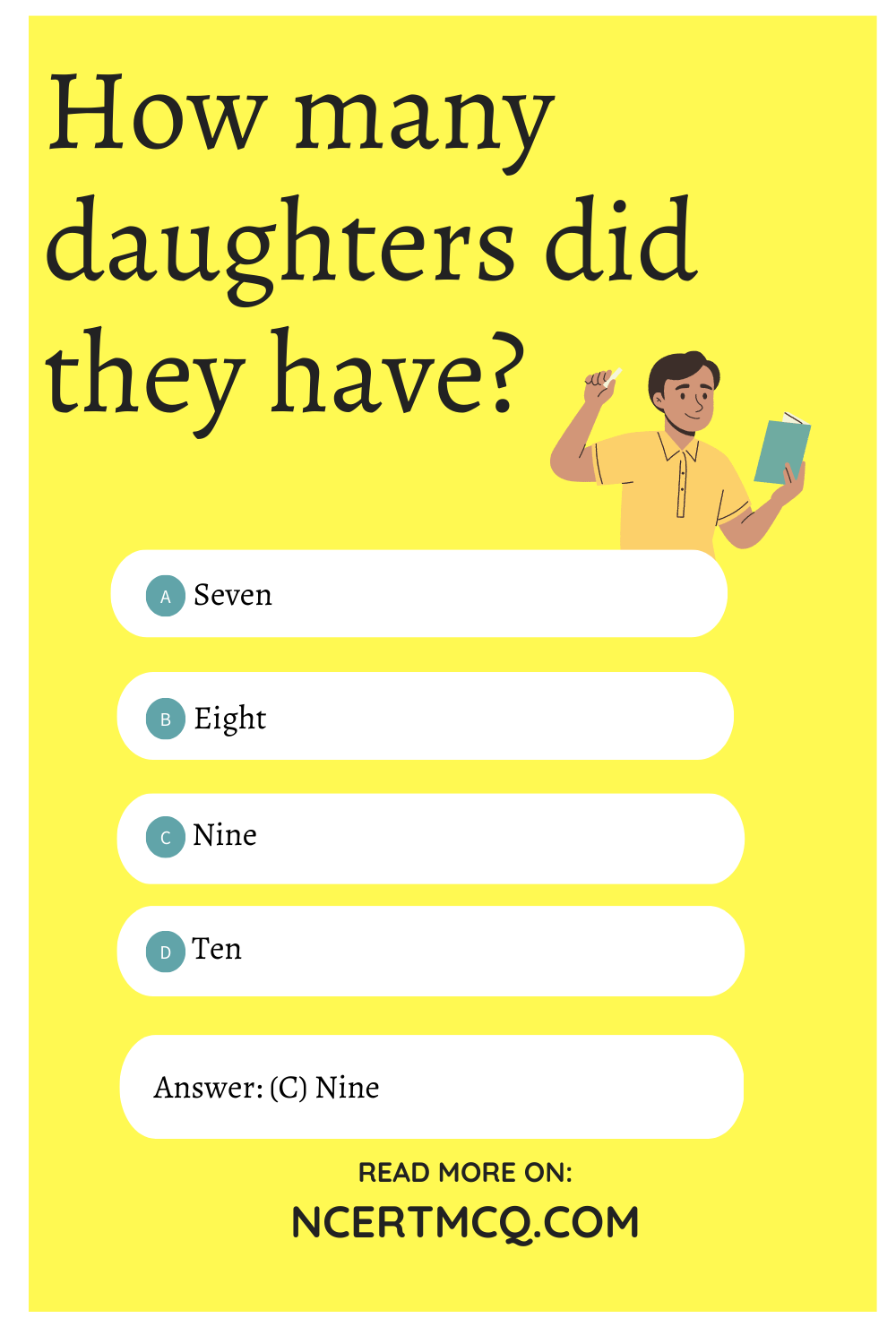
Question 23.
Who is the writer of the story “Princess September”?
(a) Rudyard Kipling
(b) Rabindranath Tagore
(c) T.S. Eliot
(d) Somerset Maugham
Answer
Answer: (d) Somerset Maugham
Short Answer Type Questions
Question 1.
Why was the Queen of Siam confused ?
Answer
Answer: The Queen of Siam had nine daughters. She found it difficult to remember their names. So she was confused.
Question 2.
How did the King help the Queen in remembering the names of all their daughters ?
Answer
Answer: The King named the daughters after the months of the year. So the eldest was named January and the youngest was named September.
Question 3.
Do you think the princesses liked their parrots ? Give reasons for your answer.
Answer
Answer: Yes, the princesses liked their parrots. They were very-very proud of them. They spent an hour everyday teaching them to talk.
Question 4.
What made princess September burst into a flood of tears ?
Answer
Answer: Early one morning princess September found her parrot dead. This made her burst into tears.
Question 5.
What did her maids of Honour do when they saw September weeping ?
Answer
Answer: The maids of Honour tried every method to console September. When they failed, they reported the matter to the Queen.
Question 6.
How did the Queen react to September’s grief ?
Answer
Answer: The Queen called September’s grief stuff and nonsense. She ordered that September had better go to bed that day without any supper.
Question 7.
What did the Princesses think of their parrots ? How did they treat them ?
Answer
Answer: The Princesses were very proud of their parrots. They spent an hour everyday in teaching them to talk. Presently, the parrots said ‘God save the king’ and ‘Pretty Polly’ in seven languages.
Question 8.
What comforted Princess September when the Maids of Honour put her to sleep ?
Answer
Answer: A little bird came to Princess September’s room. It began to sing about the lake, the willow trees, goldfish etc. The Princess stopped crying. She forgot that she did not have supper that night.
Question 9.
How did Princess September treat the bird ?
Answer
Answer: Princess September treated the bird nicely. She gave it food with her own hands. She gave it a bath in her saucer. She loved it. She was very proud and happy.
Question 10.
How did the king react when the bird was shown to him ?
Answer
Answer: The king was both surprised and delighted. He said that the bird sang much better than the parrots.
We hope the given NCERT MCQ Questions for Class 8 English It So Happened Chapter 5 Princess September with Answers Pdf free download will help you. If you have any queries regarding CBSE Class 8 English Princess September MCQs Multiple Choice Questions with Answers, drop a comment below and we will get back to you soon.
